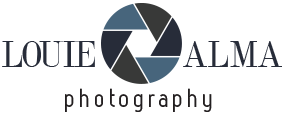China MICE Summit 2026 to be launched in Saudi Arabia by China Travel Online
China Travel Online (CBISN) and Taiba Investments signed a Memorandum of Understanding (MOU) during WTM London to launch the China MICE Summit (CMS) in Riyadh in 2026, marking the first dedicated China-focused MICE B2B event in the Middle East.
The initiative aims to link top-tier Chinese MICE decision-makers with tourism and hospitality suppliers from Saudi Arabia and the wider Middle East—supporting the Kingdom’s Vision 2030 ambitions to strengthen its global business events presence.
The initiative aims to link top-tier Chinese MICE decision-makers with tourism and hospitality suppliers from Saudi Arabia and the wider Middle East—supporting the Kingdom’s Vision 2030 ambitions to strengthen its global business events presence.





